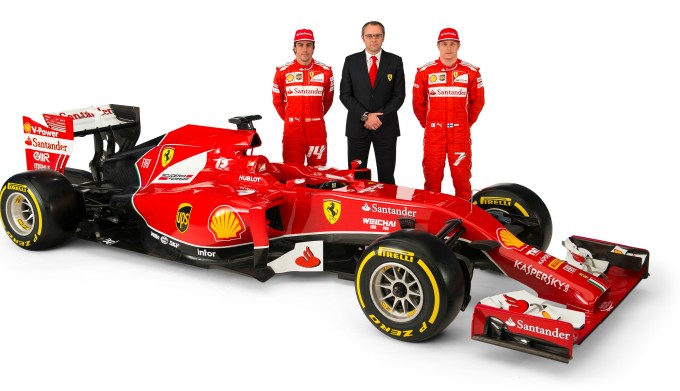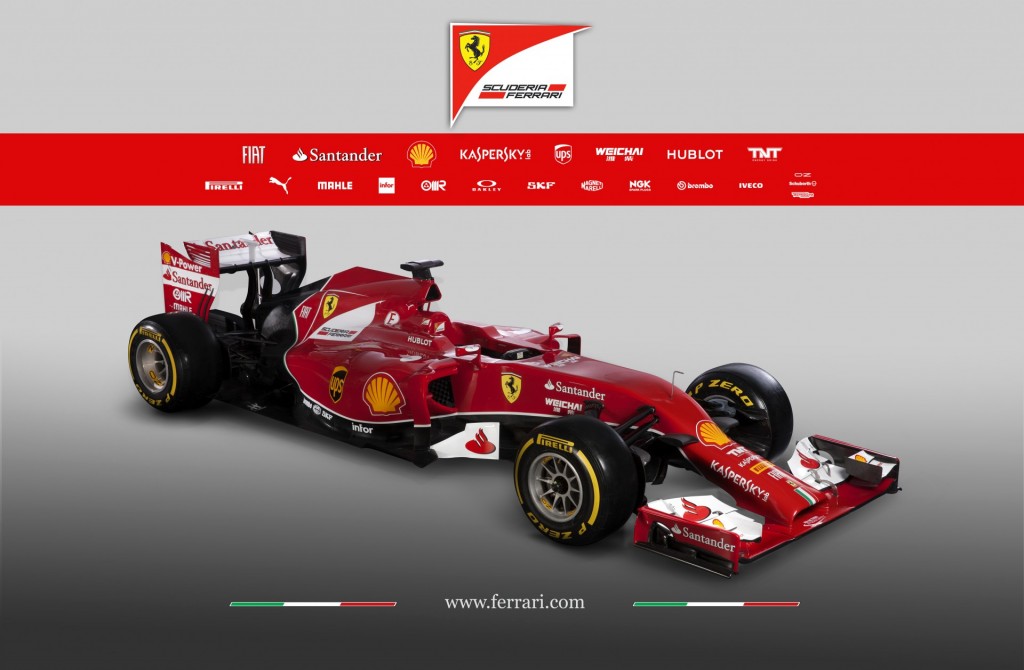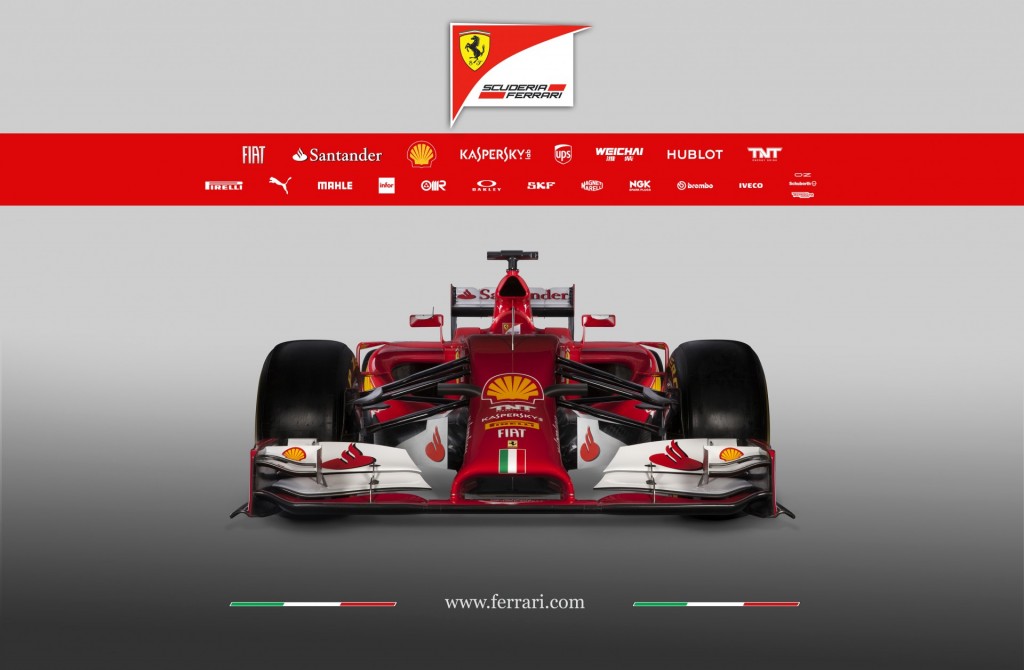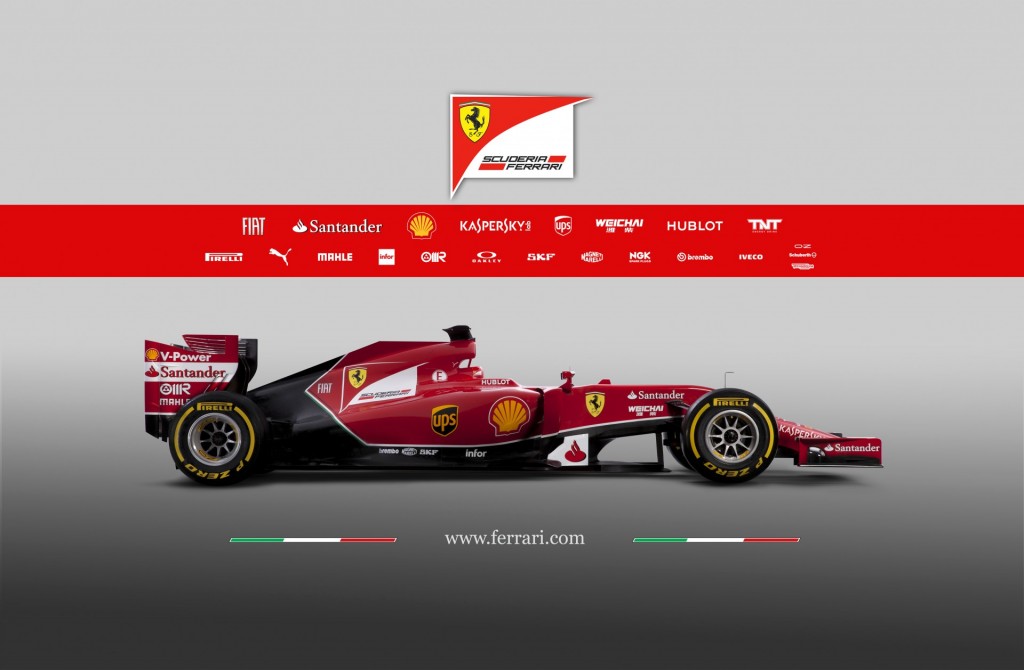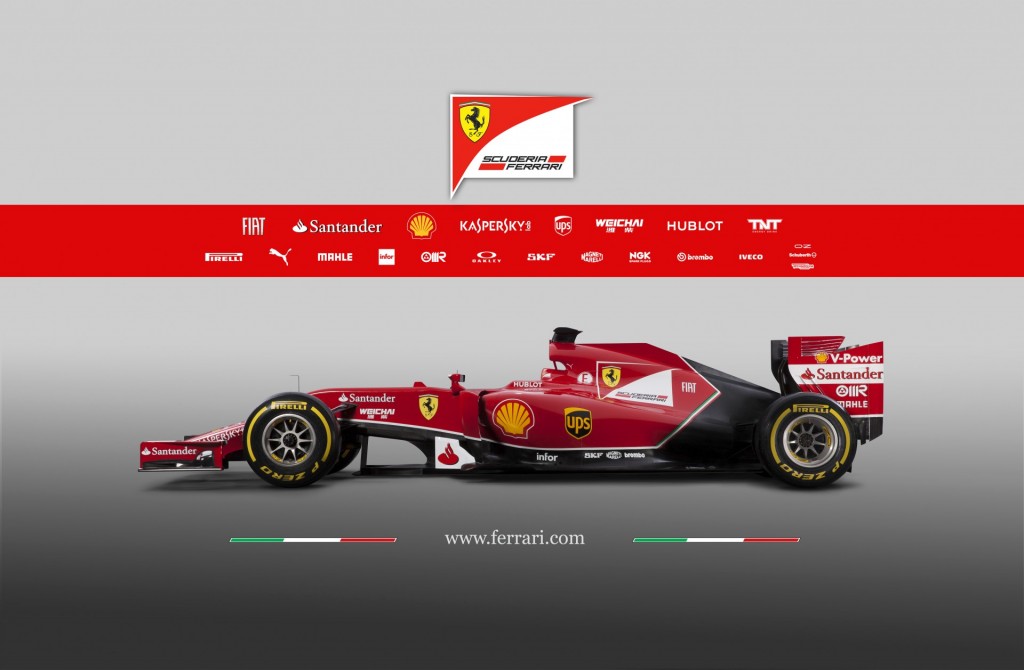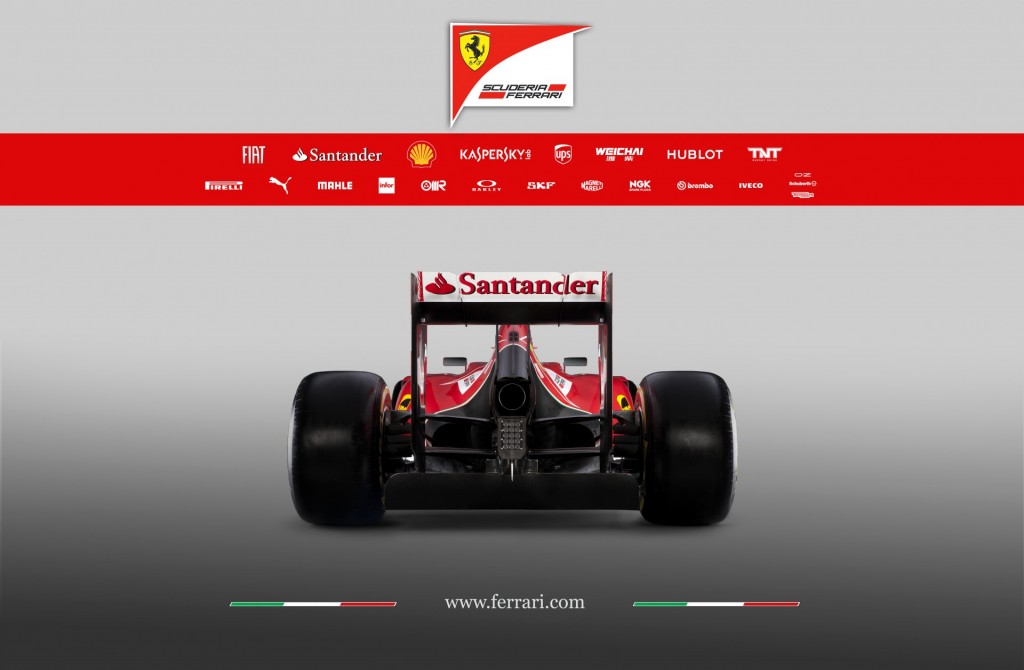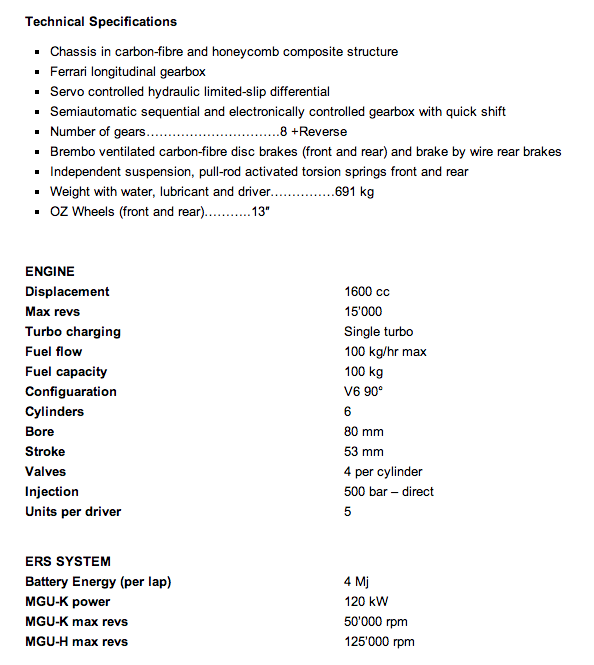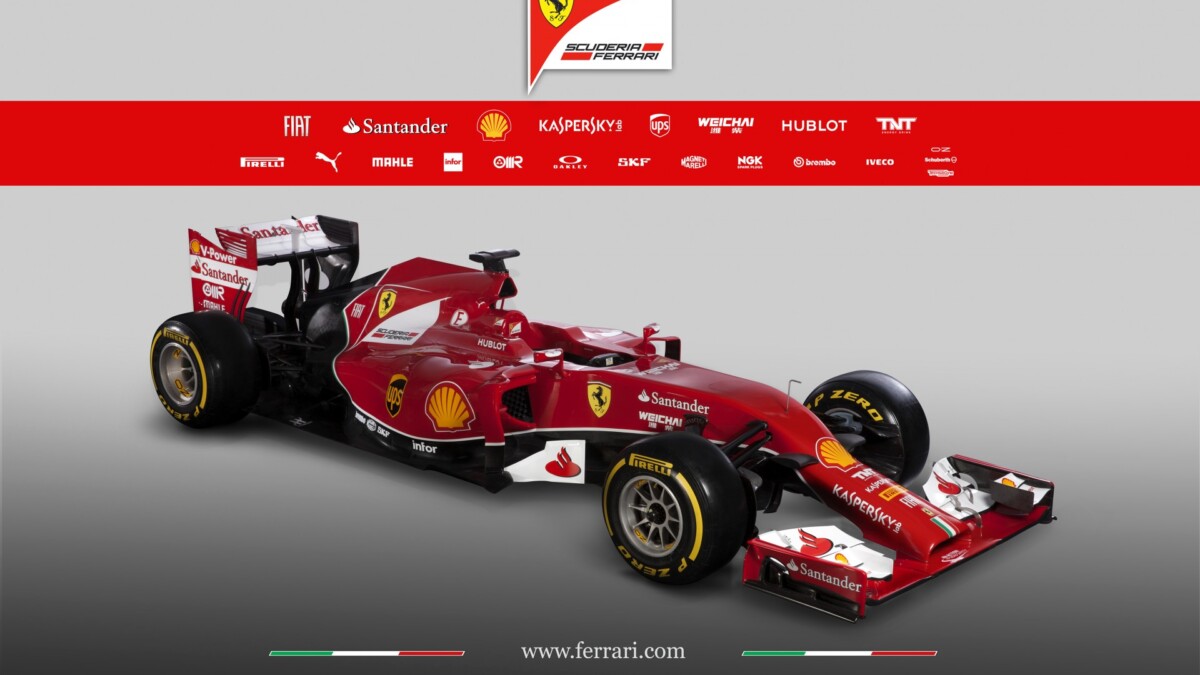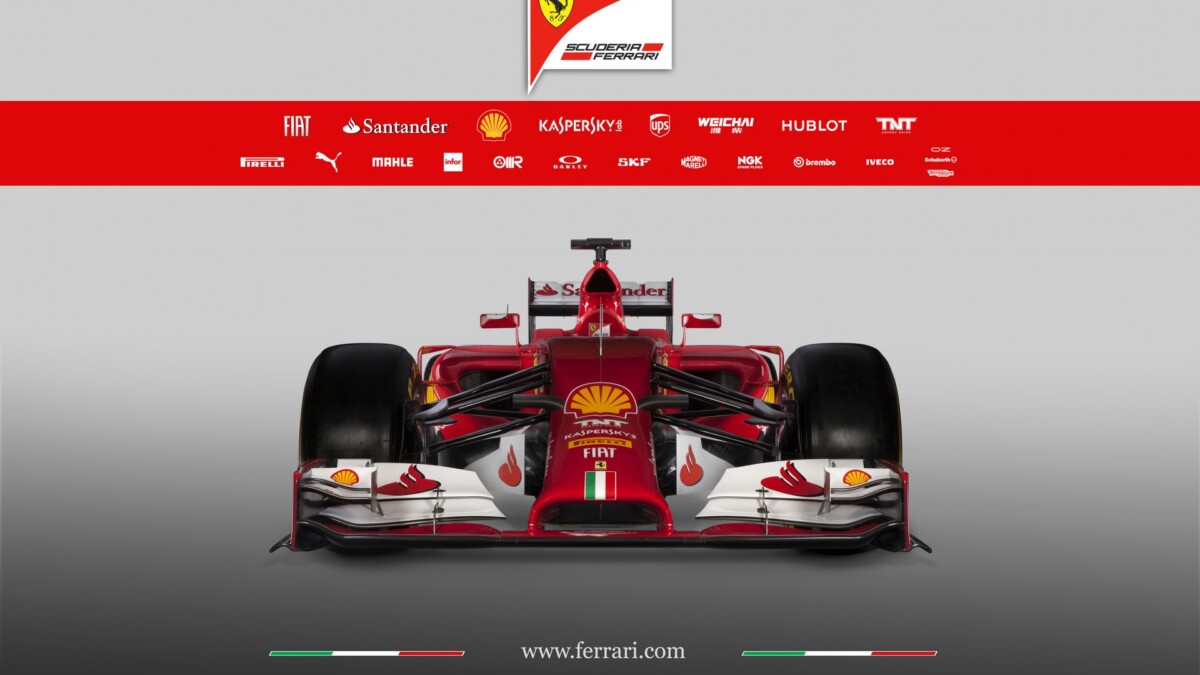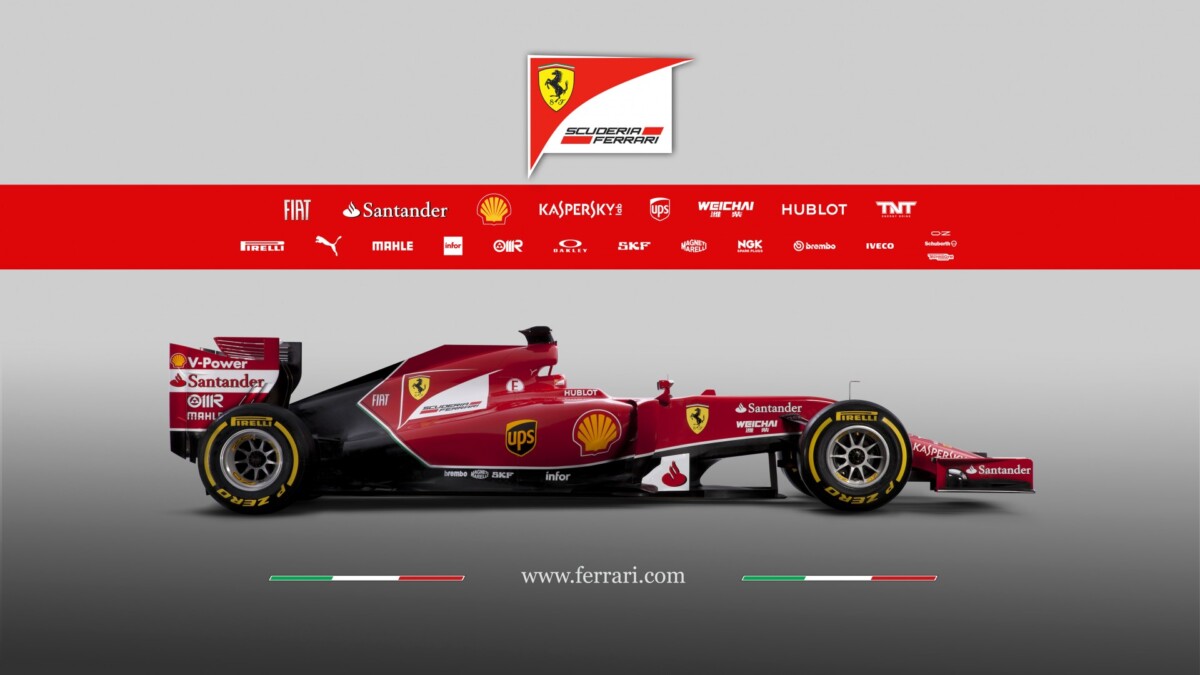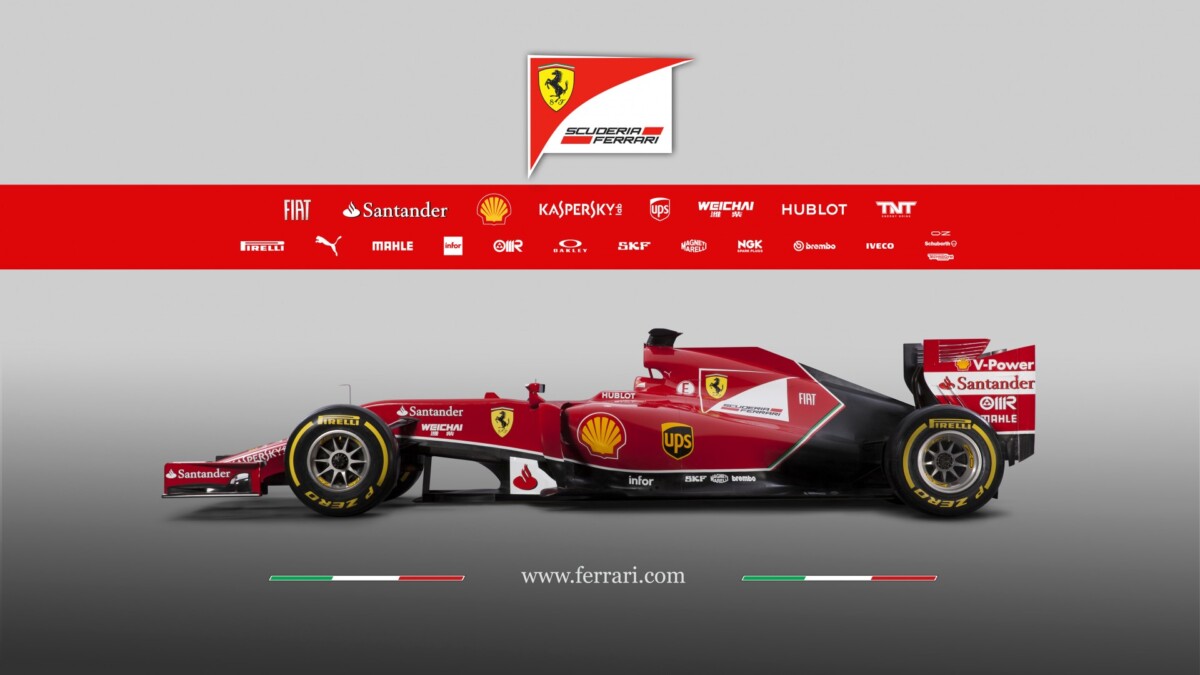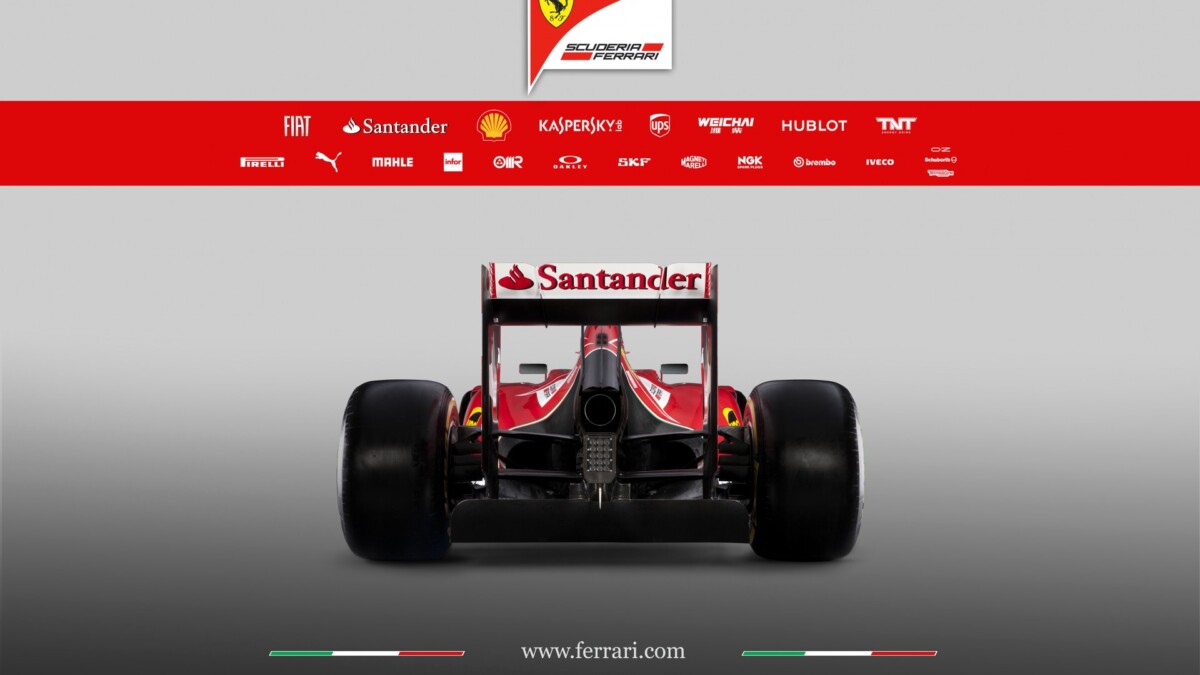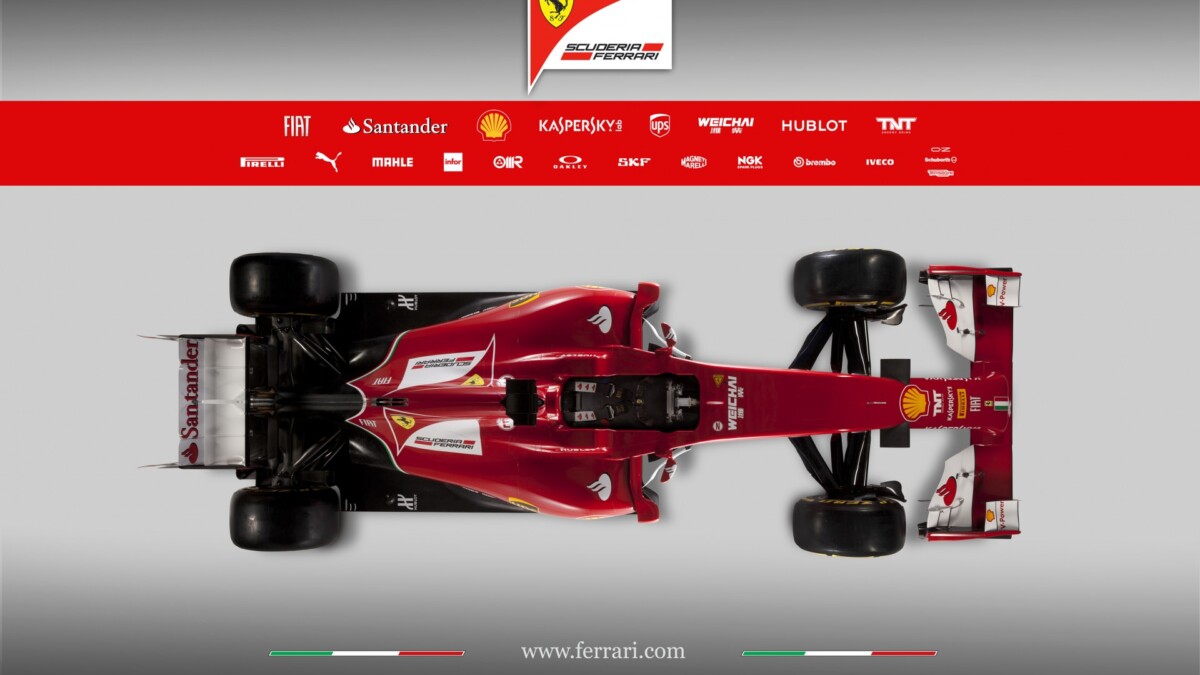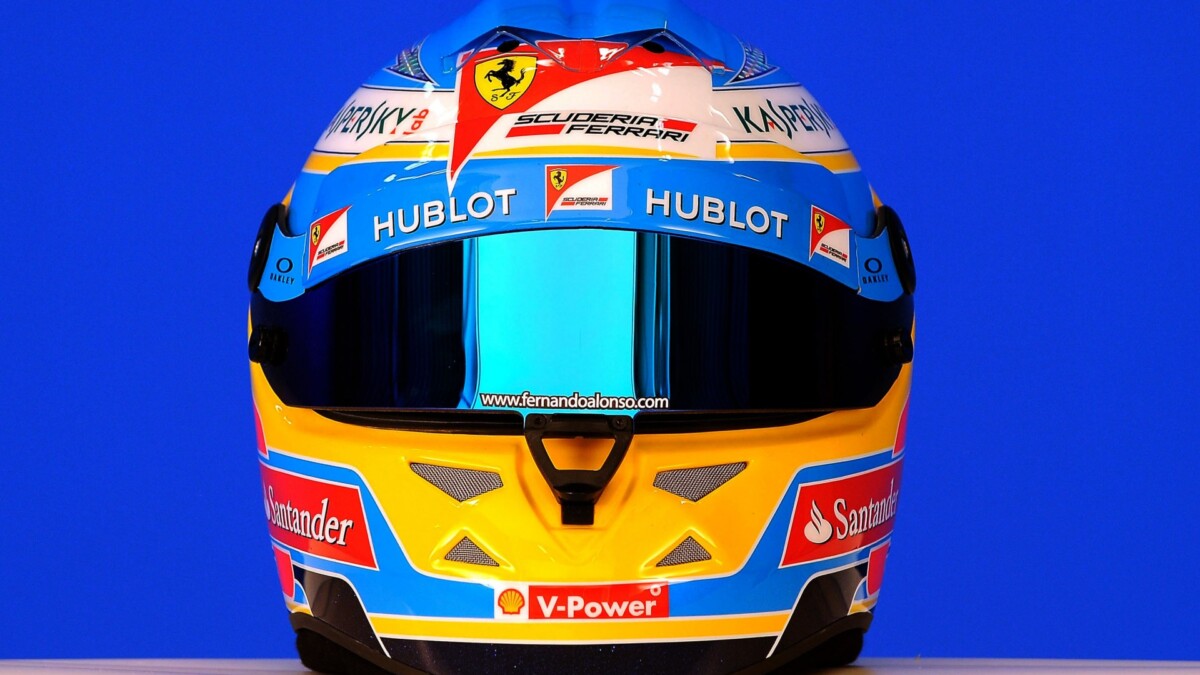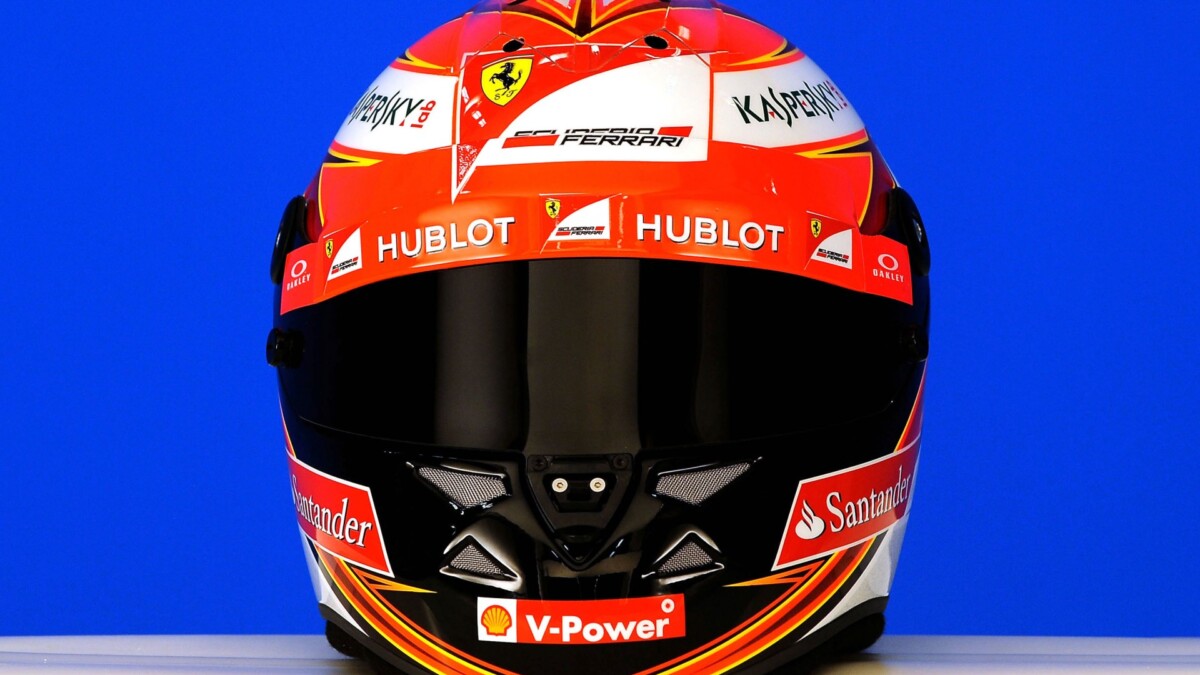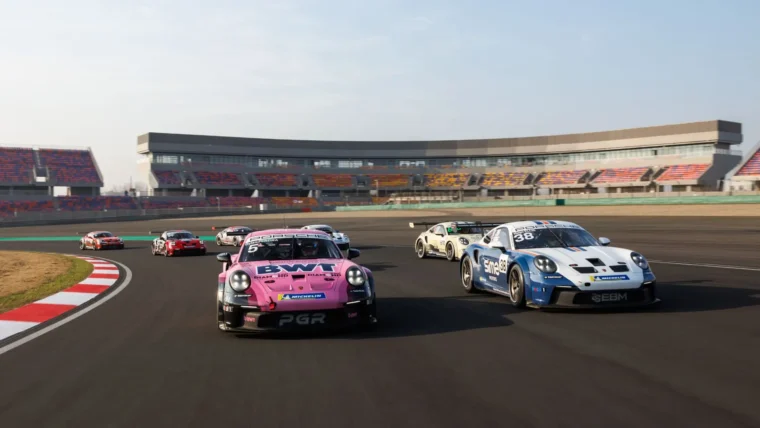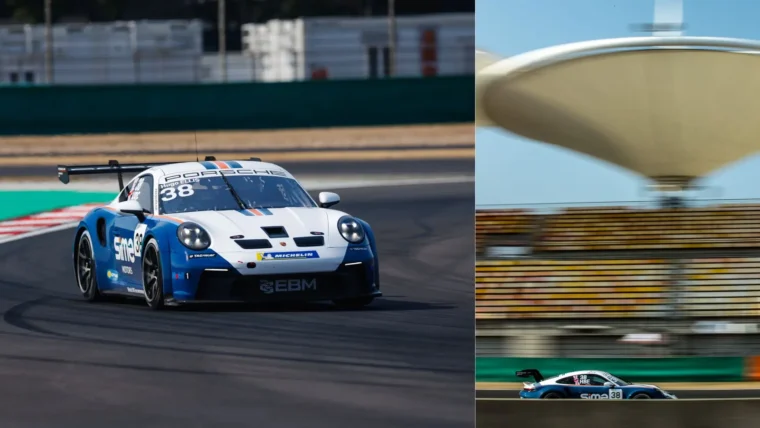Autofreaks recently covered a little bit of the upcoming Formula 1 season and showcased some of the cars that we will expect this year. Here is Ferrari’s F14 T. The F14 T is the sixtieth car built by Ferrari specifically to take part in the Formula 1 World Championship. The name comes from the combination of the current year and the introduction of the turbo-compressor in the Power Unit.
Although the traditional gestation period for a new Formula 1 design is a little over twelve months, this project, which goes by the internal code name 665, began life more than two years ago. 2014 is an exceptional year in the history of the sport, with a raft of rule changes that commanded an early start to allow the ground up revision of every aspect of the car’s design. To cope with the unprecedented challenge of running three car projects simultaneously during 2012, the Scuderia was fortunate to be able to call on the talents of experienced engineers to guide the project in its early stages.
Chassis
Followers of the Scuderia will be able to see some of the heritage of earlier Ferrari designs in the F14 T – the obvious areas of continuity are the pull-rod front and rear suspension. However, beyond this superficial similarity there is little to connect the 2014 car to its predecessors. Externally, the car is very different to the cars of recent years: changes to the regulations to lower the chassis and nose in the interests of driver safety give the F14 T a very different appearance to the F138 and presented the designers with a real challenge to repackage the front suspension into a much lower monocoque. The 2014 rear wing family shares nothing with the previous year owing to three rule changes requiring a much larger stroke DRS, a much smaller overall rear wing depth and removal of the beam wing, thereby requiring the main plane to be supported by central pillars.
The front wing is regulated to be 75mm narrower per side in order to make it less vulnerable to collisions with other cars and with the barriers. This change, perhaps one of the less noticeable visual differences to the 2013 cars, has a profound effect on the aerodynamics of the vehicle. The front wings used since 2009 have all featured elaborate measures to encourage the wake of the front wing endplates to pass around the outside of the front tyres in order to maximize the downforce on the car. An innocent change of just 75mm to the position of the wing tip has required us to reinvent completely the front wing aerodynamics for 2014.
Integration
Although the external differences are striking, the largest areas of difference occur beneath the skin of the car. The new car has completely differentcooling requirements from any of its predecessors. Engine oil and water radiators shrink in size to match the relatively smaller V6 internal combustion part of the Power Unit. However, new homes had to be found to accommodate an intercooler for the turbo-compressor system and to manage heat rejection from ERS components that are many times greater than their KERS antecedents. Given that more cooling allows more horsepower, but more cooling also damages downforce generation it was necessary to decide very carefully on the correct level of overall cooling for the car to render the best lap time compromise between horsepower and downforce.
This is one of the key areas where having both Power Unit and Chassis under one roof has been strongly to the benefit of the Scuderia. Having chosen the correct overall level of cooling to supply, packaging the resultant cooler elements and managing the correct airflow to them is something which has absorbed a very large investment of design time to ensure that the F14 T is able to retain the sharply tapered bodywork that allows efficient extraction of downforce from the design.
Brakes
The braking system has been completely redesigned to adapt the car to the change in the regulations: This has involved ensuring greater capacity on the front axle, while working with Brembo to reduce the size of the hydraulic caliper at the rear to compensate for the greater braking effort that is supplied by the ERS motor. In addition, as permitted by the regulation, the F14 T will have a brake-by-wire system for the first time to allow us to optimize pedal consistency and brake balance control as the ERS braking contribution changes during the braking manoeuvre.
Transmission
The 2014 Power Units produce greater peak power than their 2013 counterparts and do so at lower RPM with higher torque. Furthermore, the regulations require us to fix a choice of just 8 ratios for the season. This places very different requirements on the transmission than any of the previous generation of Formula 1 cars. The F14 T transmission has been designed with the aim of ensuring that we continue to enjoy highly efficient delivery of power through the drivetrain while producing class leading starts and high levels of reliability.
Weight and tyres
The sheer complexity of the 2014 regulations produces a layout that is significantly harder to deliver beneath the weight limit (691 kg) than in previous years. Weight control has been an important part of the project from the outset in order to deliver a car with a workable amount of ballast that will permit us to operate and develop the car through the season. Equally important will be the car’s integration with the new tyres that Pirelli is introducing this year. The ability of the F14 T to get the most out of their characteristics will be one of the cornerstones in terms of seeing if our overall efforts will deliver the hoped for results.
Check out the gallery below.
Other posts by AF Newsdesk

